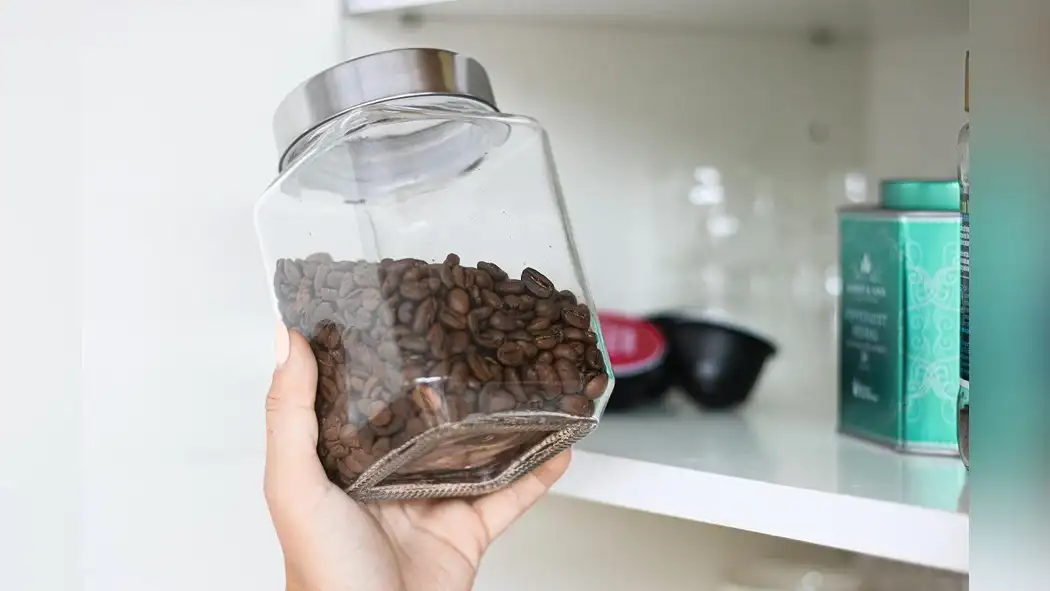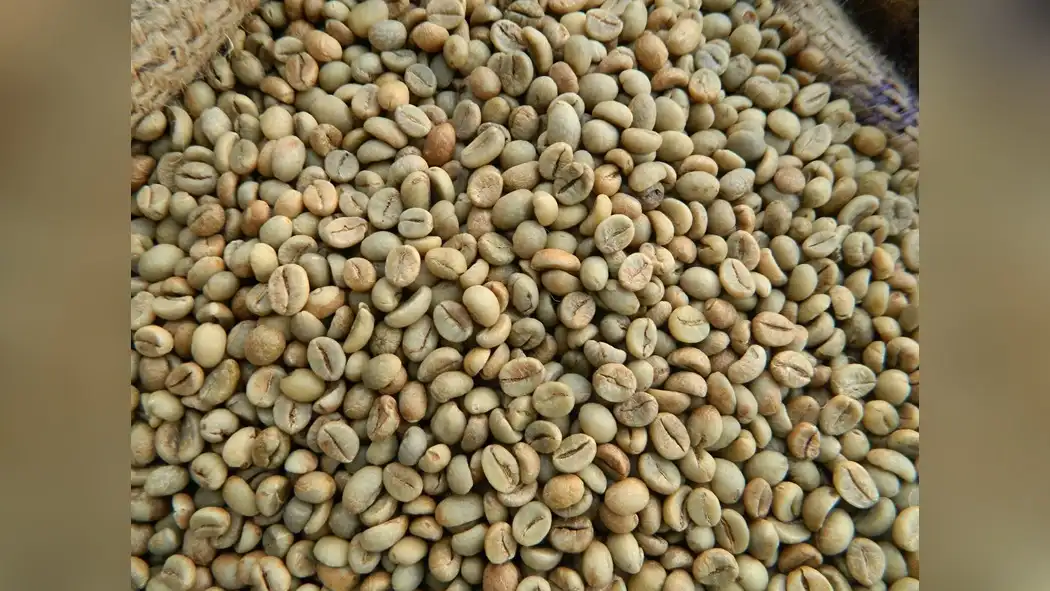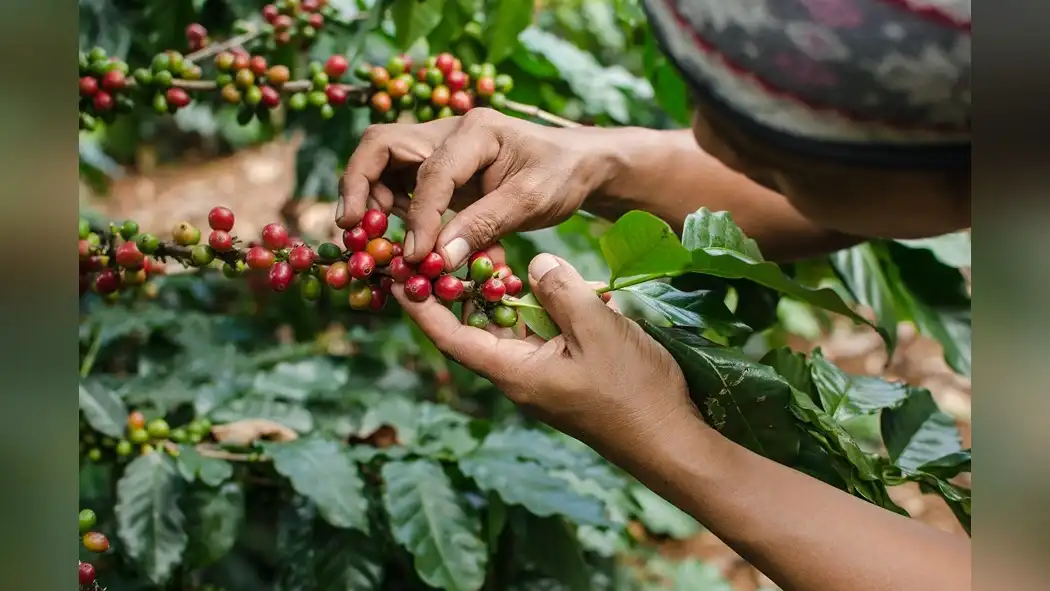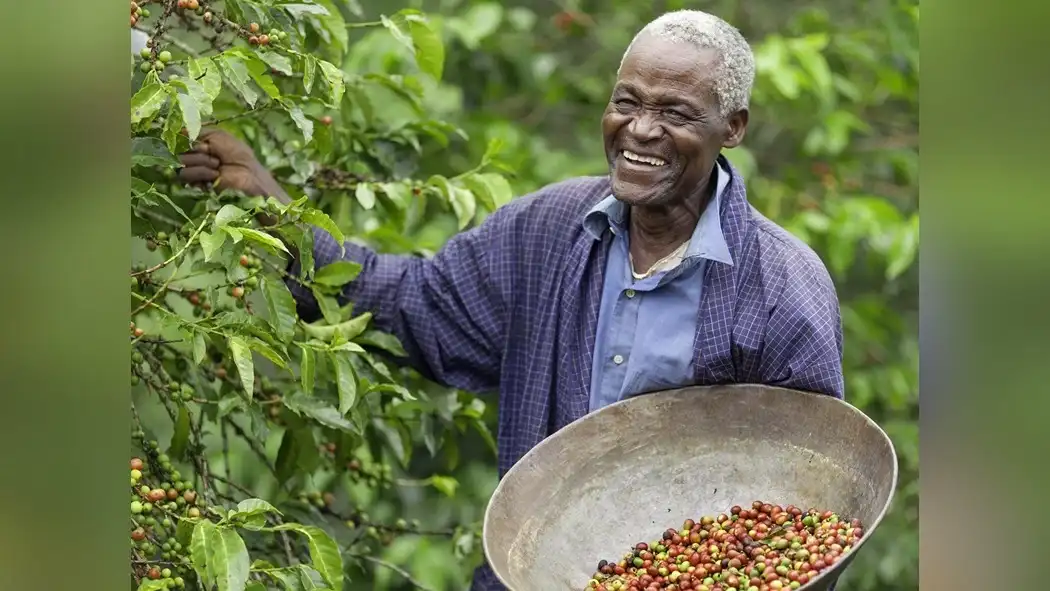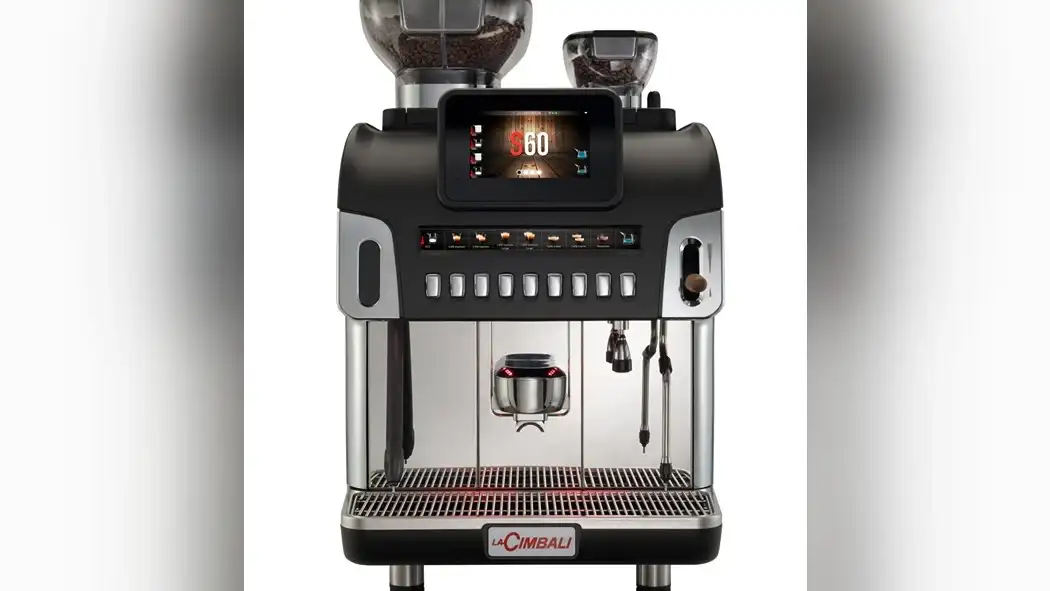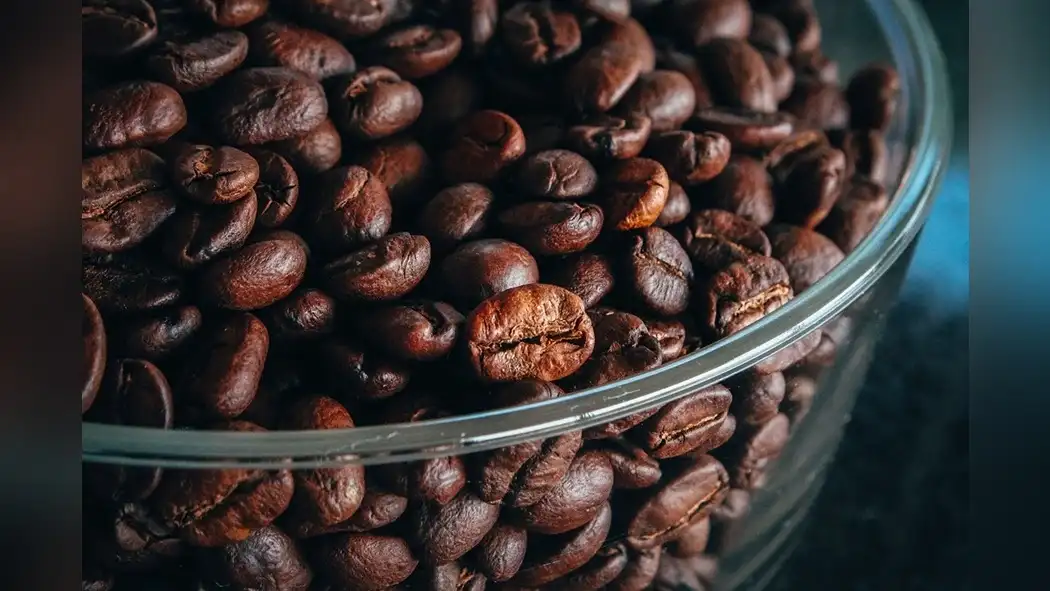Curious about how robusta coffee is graded?
'Robusta Coffee Grading Systems: A Comprehensive Overview' delves into the intricacies of this process.
You'll explore the history, physical criteria, sensory analysis, defects, and international standards.
Discover how specialty and sustainable grading are shaping the future of robusta coffee.
History of Robusta Coffee Grading
You may know that the history of Robusta coffee grading dates back to the early 20th century when the need for standardized quality assessment arose in the coffee industry. The evolution of Robusta coffee grading systems has been closely tied to the cultural significance of coffee in various regions.
As coffee gained popularity worldwide, it became essential to develop a method to assess and categorize the quality of Robusta coffee beans. This led to the establishment of grading systems that took into account factors such as bean size, color, and defects.
The cultural significance of coffee as a global beverage influenced the development of these grading systems, as different regions had their own preferences for coffee taste and aroma. As a result, grading systems evolved to accommodate these diverse cultural preferences while ensuring a standard for quality assessment.
Over time, these systems have continued to adapt to changes in the coffee industry, reflecting the dynamic nature of coffee production and consumption.
Understanding the history of Robusta coffee grading provides valuable insights into the cultural and historical influences that have shaped the coffee industry into what it's today.
Physical Grading Criteria
The history of Robusta coffee grading has laid the foundation for the establishment of physical grading criteria to assess the quality of Robusta coffee beans. When it comes to the grading process, visual assessment plays a crucial role in determining the physical attributes of the coffee beans. The physical grading criteria are designed to evaluate the external characteristics of the beans, which can provide insight into their potential flavor profile and overall quality.
To emphasize the importance of visual assessment in the grading process, consider the following table:
| Physical Grading Criteria | Description |
|---|---|
| Size | Evaluates the size of the beans, often categorized into different size grades. |
| Color | Assesses the color of the beans, looking for consistency and absence of discoloration. |
| Shape | Considers the shape of the beans, looking for uniformity and lack of defects. |
| Appearance | Examines the overall appearance, including surface texture and presence of any foreign matter. |
Sensory Analysis and Cupping
Transitioning from the assessment of physical characteristics, the next step in evaluating Robusta coffee involves conducting sensory analysis and cupping to assess its flavor and aroma profiles.
Sensory analysis is a crucial aspect of coffee grading, as it allows you to understand the intricate flavors and aromas present in the coffee. During cupping, you'll evaluate the coffee's fragrance, aroma, flavor, aftertaste, acidity, body, and balance.
This process involves slurping the coffee from a spoon to aerate it and spread it across your palate, allowing you to fully experience the coffee's sensory attributes. When conducting sensory analysis, it's important to pay attention to the different flavor profiles that Robusta coffee can exhibit, such as earthy, nutty, chocolatey, and sometimes even spicy notes.
Defects and Quality Control
When it comes to robusta coffee, defects can significantly impact the overall quality of the beans.
Quality control processes are crucial in ensuring that these defects are identified and managed to maintain consistency in the final product.
Understanding the impact of defects and the importance of quality control is essential for anyone involved in the robusta coffee industry.
Defects Impact Coffee Quality
Identifying and controlling defects is crucial for ensuring the quality of Robusta coffee. Defects impact coffee tasting and can significantly affect the overall flavor and aroma. Common defects include under-ripe or over-ripe beans, insect-damaged beans, black or sour beans, and moldy beans. These defects can result in off-flavors and unpleasant bitterness in the coffee.
To maintain high-quality standards, it's essential to implement rigorous quality control measures throughout the production process. This includes careful inspection of the green coffee beans to identify and remove any defective ones. Additionally, proper storage conditions should be maintained to prevent the occurrence of defects such as mold.
Quality Control Ensures Consistency
To ensure consistency in the quality of Robusta coffee, thorough quality control measures must be implemented throughout the production process. This involves meticulous attention to detail at every stage, from harvesting to packaging. Quality control ensures that each batch meets the desired standards, leading to a consistent and enjoyable coffee experience for consumers.
Key aspects of this process include:
- Taste Assessment: Regular assessment by trained professionals ensures that the unique flavor profile of Robusta coffee is maintained in every batch.
- Visual Inspection: Careful visual inspection helps identify any physical defects or irregularities in the beans.
- Consistency Control: Monitoring the consistency of size, color, and moisture content is vital for maintaining the quality of Robusta coffee.
- Defect Identification: Thorough inspection for defects such as mold, insect damage, or off flavors is essential to uphold the coffee's quality.
International Grading Standards
Now let's talk about the international grading standards for robusta coffee. These standards set global benchmarks and provide comparative grading criteria for robusta coffee.
Understanding these points is crucial for ensuring the quality and consistency of robusta coffee on a worldwide scale.
Global Grading Benchmarks
When assessing robusta coffee, you should adhere to global grading benchmarks, which serve as international standards for quality assessment. These benchmarks ensure consistency and fairness in evaluating robusta coffee from different regions.
Keep in mind the following global grading benchmarks:
- Bean Size: Assessing the size of the beans is crucial, as it impacts the flavor profile and brew strength.
- Color and Appearance: The color and appearance of the beans indicate the level of ripeness and potential defects.
- Aroma and Flavor: Evaluating the aroma and flavor notes helps in determining the overall quality and characteristics of the coffee.
- Defects and Uniformity: Identifying defects and ensuring uniformity in the beans is essential for maintaining high-quality standards.
Understanding these global grading benchmarks is crucial for accurately assessing robusta coffee, considering the diverse global grading practices and cultural influences.
Comparative Grading Criteria
Adhering to global grading benchmarks, you'll compare the criteria from international grading standards to ensure consistency and fairness in evaluating robusta coffee quality.
Conducting a comparative analysis of grading criteria allows for a comprehensive understanding of how different regions assess the quality of robusta coffee. This comparison is vital in meeting market demand as it ensures that the grading standards align with the preferences of consumers and the requirements of coffee importers.
Specialty and Sustainable Grading
You should always prioritize sustainability when grading robusta coffee, as it's key to ensuring the quality and longevity of the industry. When it comes to specialty and sustainable grading, there are several important factors to consider:
- Sustainable Sourcing: Look for robusta coffee that has been sourced in an environmentally and socially responsible manner. This includes certifications such as Rainforest Alliance or Fair Trade, which ensure ethical and sustainable practices.
- Flavor Profiles: Pay attention to the unique flavor profiles of robusta coffee. While often known for its bold and strong taste, specialty robusta can exhibit a wide range of flavors, from chocolatey and nutty to fruity and floral notes.
- Quality Control: Evaluate the overall quality of the beans, including their size, color, and uniformity. This ensures that only the best robusta beans make it into the specialty and sustainable grading category.
- economic impact: Consider the economic impact on coffee-growing communities. Supporting sustainable robusta coffee helps improve the livelihoods of farmers and promotes long-term economic stability.
Future Trends in Robusta Grading
Prioritizing sustainability and embracing technological advancements are key in shaping the future trends of robusta coffee grading. The integration of AI technology in grading processes is becoming increasingly prevalent, allowing for more precise and consistent evaluation of coffee quality. This not only enhances efficiency but also ensures a fair pricing system for farmers based on the actual quality of their produce. Furthermore, sustainability practices are becoming a central focus in robusta coffee grading, with an emphasis on environmentally friendly methods and fair trade practices. This shift towards sustainable grading not only benefits the environment but also resonates with consumers who are increasingly conscious of the ethical and environmental impact of their coffee consumption. By adopting these future trends, the robusta coffee industry is moving towards a more transparent, equitable, and environmentally responsible approach to grading and production.
| Future Trends in Robusta Grading | ||
|---|---|---|
| AI Technology Integration | Sustainable Grading Practices | Transparent and Equitable Evaluation |
Conclusion
You've now journeyed through the complex world of robusta coffee grading, uncovering the history, physical criteria, sensory analysis, defects, and international standards.
Like a skilled artist, you've learned to delicately balance the flavors and aromas of robusta coffee, ensuring only the highest quality reaches the cup.
With specialty and sustainable grading on the rise, the future of robusta grading is like a blooming coffee tree, full of potential and innovation.
Keep exploring and refining your skills in this rich, aromatic world.





